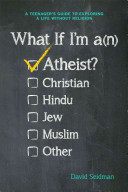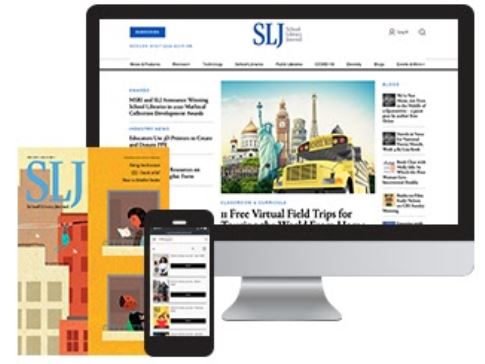2018 School Spending Survey Report
What If I'm an Atheist?: A Teen's Guide to Exploring a Life Without Religion
256p. appendix. bibliog. chart. ebook available. glossary. index. maps. notes. websites. Atria/Beyond Words. Mar. 2015. Tr $19.99. ISBN 9781582704074; pap. $12.99. ISBN 9781582704067.
COPY ISBN
Defining atheism broadly (including agnosticism), the book
discusses important, controversial issues such as whether religion
is necessary for morality; whether belief in science and religion
can co-exist; how the choice of unbelief can affect one's life now
and as an adult; and how to deal with theistic parents and friends.
A well-researched and easy-to-read guide for non-theistic and
questioning teens. Reading list, websites. Glos.
ALREADY A SUBSCRIBER? LOG IN
We are currently offering this content for free. Sign up now to activate your personal profile, where you can save articles for future viewing





Be the first reader to comment.
Comment Policy:
Comment should not be empty !!!